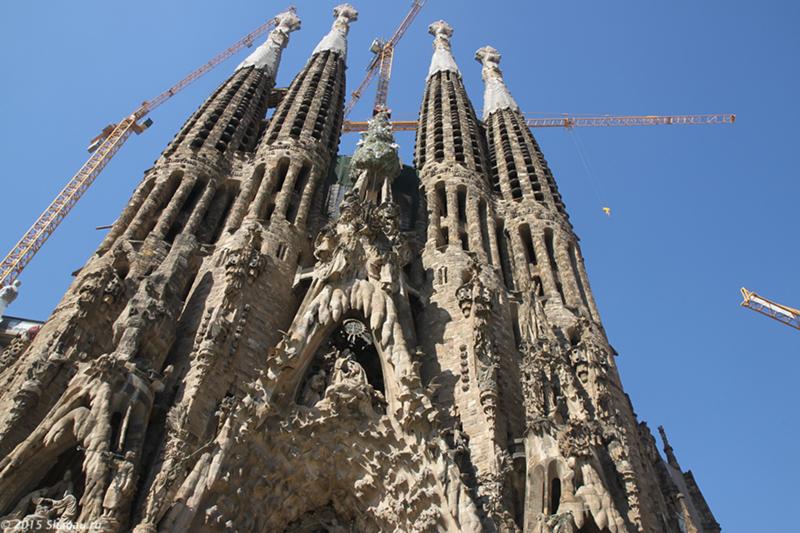The origins of Sagrada Familia or how a universal work begins
Antoni Gaudi, To visit
The origins of Sagrada Familia, one of the most famous temples in the world
The origins of Sagrada Familia are around 1866 when a congregation of devotees of St. Joseph had the idea of building a temple in his honor. The first stone was laid in 1882, on March 19, the feast of San José, in the middle of a land of 12,000 square meters. The first architect was Don Francisco de Paula del Villar y Lozano but soon abandoned the project because of disagreements.
Neo-Gothic style and more
A year later Antonio Gaudi took the direction of the works. And he began to unfold a dream between human and divine. Gaudí died in 1926 right on time to finisht the first of the eighteen towers that will be build and the end of the construction, estimated in 2026. The Coonstruction began from the neo-Gothic crypt. But Gaudi revisited the design. In his hands, the Gothic would merge with the Art Noveau creating a personal and inimitable style.
The first was the facade of the Nativity
Like a page in stone, it summarizes the biblical episode in a pictoric way. Full of symbolism, the project is a great catechism from the conceptual point of view. Gaudí conceived this facade of traditional forms mixed with bold architectural innovations. During the origins of Sagrada Familia, he set up his workshop and the space in which lived the last years of his life inside the construction site. Since 1912 to 1926 (the year of his death), the author of La Pedrera and Park Guell only worked on the Sagrada Familia. He built as well the Temporary Schools for the education of children in the neighborhood and construction workers.
In 1930 the bell towers of the Nativity façade were finished and in 1933 the portal of the Faith and the central cypress were completed.
The great adventure of building a cathedral in the XX and XXI centuries
At the origins of Sagrada Familia, Antoni Gaudi spent hours building models that were themselves a work of art. They were used as a miniature laboratory to rehearse his new constructive ideas. With the help of modern computers, the restoration of the remains of these models is what helps us today to imagin what Gaudí wanted.
After the death of the architect, the construction of the basilica continued to advance very slowly. In just ten years Spain would be immersed in a Civil War with huge consequences for the Sagrada Familia: some of the designs were lost in a fire. Three generations of architects have been needed to rebuild the project’s DNA.
Tourists in the Sagrada Familia, art and faith
From the beginning it is an expiatory temple which means that the cost of the work was paid by voluntary donations.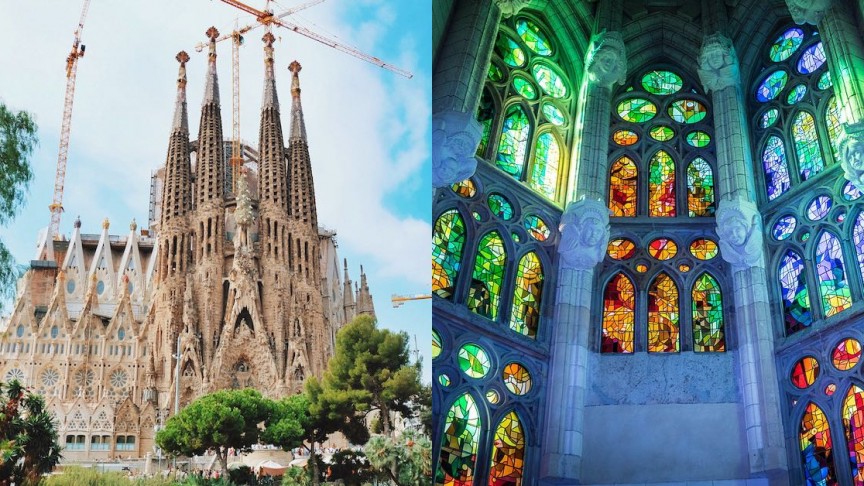
Gaudi died run over by a tram. He had just finished one of the four Bell Towers, the one dedicated to Saint Barthelemy. When completed, the building will have a central tower dedicated to the figure of Jesus. With 172.5 meters will be like a stairway to heaven. This will be one of the highest churches in the world but ti will always respect the size of the emblematic Montjuïc hill. Gaudí wanted to engage in a dialogue with the divinity but never overcome its creation.
Fast track entrance, no long lines, thorough visit, details and anecdotes that not everyone knows … this is how your tour of Sagrada Familia will be with Barcelonina & Co. your private trusted guides.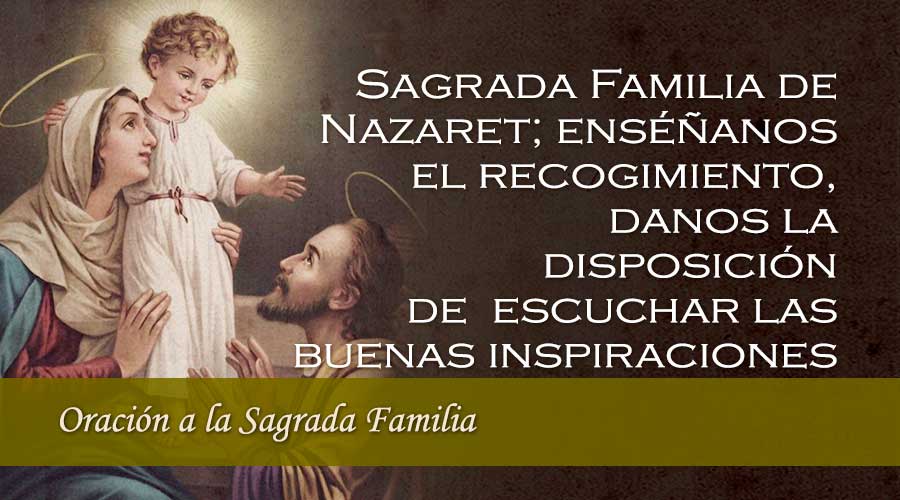
Sagrada Familia – Most Famous Monument in Barcelona
Book a Guided Tour
The Sagrada Familia church is considered to be the best example of Modernist architecture designed by the legendary architect Antoni Gaudí. Every day, thousands of tourists flock to this peculiar and not yet finished temple.
History
The construction of the structure began in 1882. It was designed initially in a Neo-Gothic style. A year later, it was commissioned to the Spanish Catalan architect Antoni Gaudí, who redesigned it entirely. He drafted a remarkable and original church that was meant to have 18 towers. However, he died before he could complete this chef d’oeuvre, having only completed one tower.
Gaudí passed away in 1926, leaving his most important project, which he was completely devoted to, unfinished.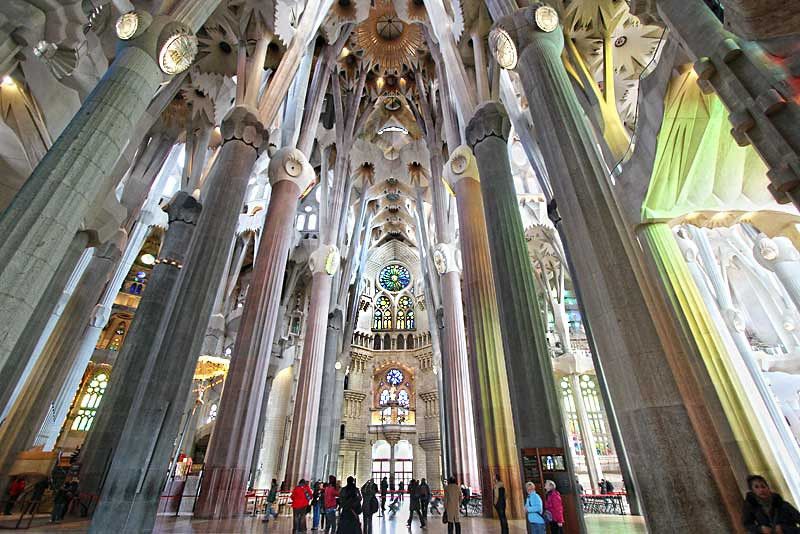
Most impressive components
Although it’s not yet completed, the Sagrada Familia is an impressive temple packed with religious symbolism. These are some of its most splendid components:
Towers
Currently, eight of the eighteen towers have been completed. Gaudí had planned for 12 of them to be built in memory of the Disciples, four to commemorate the Evangelists, one in memory of Mary, and another dedicated to Jesus. Each tower’s height will depend on the religious hierarchy they represent.
You can climb to the top of two of the church’s towers, on either side of the temple and get impressive views over two parts of the city and examine the building’s outside architecture up close.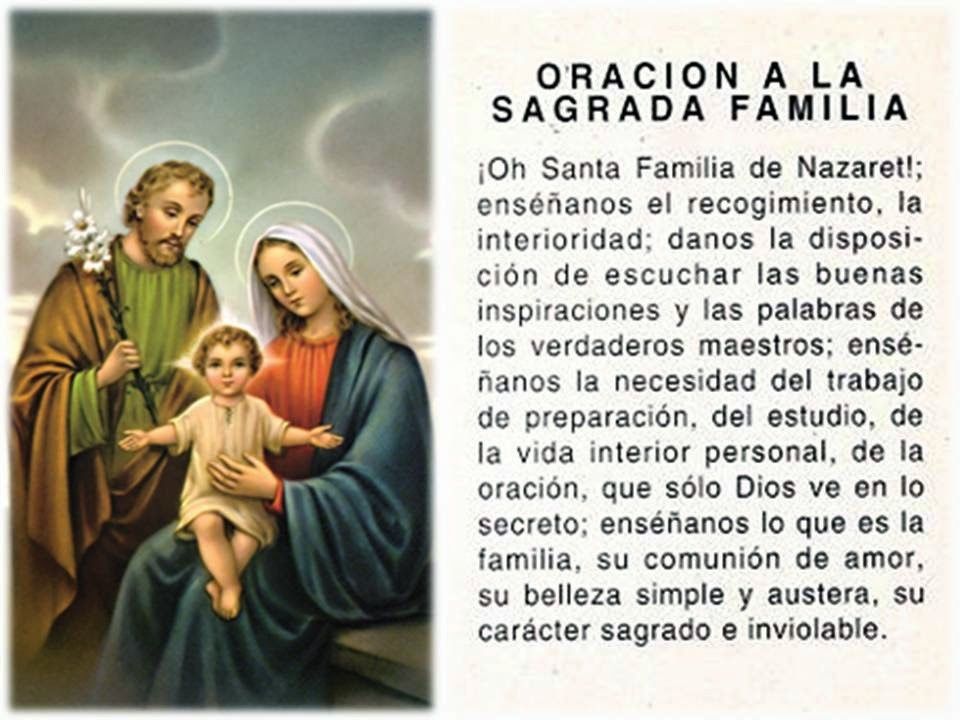
Façades
The Basilica has three symbolic façades:
- Nativity Façade: The façade represents Christ’s birth. It’s beautifully decorated and full of life.
- Passion Façade: This part of the Basilica is a little more bare and simple than the rest of the façades. It represents the suffering of Jesus during his Crucifixion.
- Glory Façade: This is the main façade, which is larger and more spectacular. It symbolizes Jesus’ death and resurrection and his present and future Glory. Aware that he wasn’t going to be able to finish it, Gaudí left several sketches so that his successors could finish the work correctly.
Inside
Gaudí was deeply influenced by nature and its many forms. Inside the Sagrada Familia, he designed the pillars in the shape of elegant and slender tree trunks, creating a concrete forest in the temple’s interior.
When will the structure be completed?
One of the most common questions related to the Sagrada Familia is when the structure will be completed.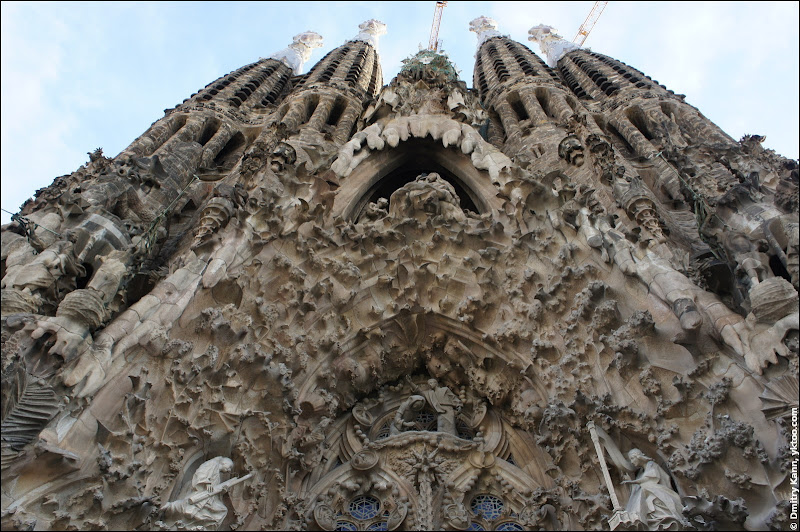
Guided tour in English
The Basilica of the Sagrada Familia has become the symbol of Barcelona and a visit to it’s a must. Since there is always a long queue to visit it, you can buy the tickets online to avoid wasting time waiting.
The best way to discover the Sagrada Familia and its history and learn about Antoni Gaudí is to book a skip-the-line Sagrada Familia guided tour. For more information, check out our tours:
- Sagrada Familia and Towers Guided Tour.
- Skip the Line Sagrada Familia Guided Tour.
Book a Guided Tour
Barcelona and its symbol la Sagrada Familia
Sagrada Família, Nativity Façade
Inside the Sagrada Familia
Views from one of the towers in la Sagrada Família
4See photo gallery
Top 10
Museu Nacional d’Art de Catalunya
You may also be interested in
-
Top 10
The Sagrada Familia, Güell Park, Casa Batlló, the Pedrera, the Ramblas, the Gothic Quarter, Picasso Museum.
..Discover the 10 unmissable sights to see in Barcelona.
-
Museu Nacional d’Art de Catalunya
Housed in Montjuïc Castle, the Museo Nacional d’Art de Catalunya (National Museum of Catalan visual art) is one of the main museums in Barcelona.
14 interesting facts about the Sagrada Familia in Barcelona
Expiatory Temple of the Sagrada Familia in Barcelona, or Sagrada Familia – unique and still not
finished masterpiece Antoni Gaudí .
Perhaps, no other church in the world, for almost a century and a half of construction, has acquired so many myths, rumors, conjectures and legends as our Sagrada Familia.
However, reality is often more interesting than any fiction. In this article, we will debunk some established myths and tell you about some interesting facts related to
with this unique church and the history of its construction that will surprise, puzzle and perhaps even shock you!
So, interesting facts about the Sagrada Familia in Barcelona!
Yes, the Sagrada Familia in Barcelona can rightfully be considered the most “long-playing” construction site of our time: the foundation stone of the temple was laid on March 19, 1882.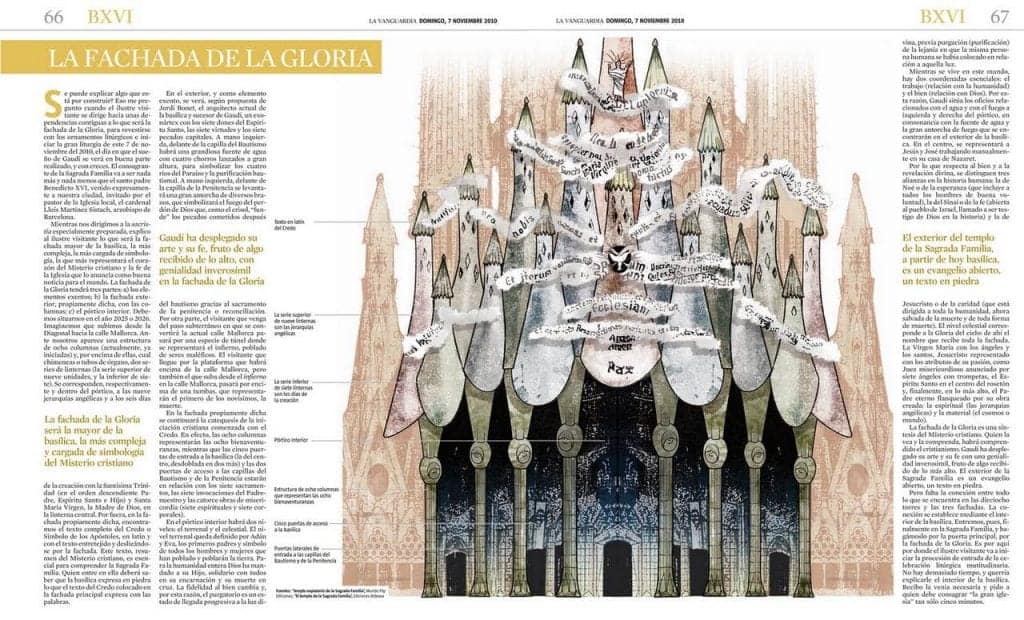
last update of this article (April 13, 2022) Sagrada Familia has been under construction for 140 years!
The second point partially explains the first: from the moment construction began to this day, the Sagrada Familia has been built exclusively on donations from the “good Samaritans”. The temple does not belong to any
state structure of Catalonia or Spain and therefore not financed by either of them.
This concept of construction was included in the project from the very beginning – that is why the full name of the church sounds like “The Expiatory Temple of the Holy Family”. That is, the public donates money for this
a great construction to atone for their sins – from which, as we understand, both sides benefit.
However, until the beginning of the era of mass tourism in Barcelona, things were sad with the construction budget. Another thing is now: donations have been transformed into the cost of a ticket, which
buys everyone who wants to get inside the Temple.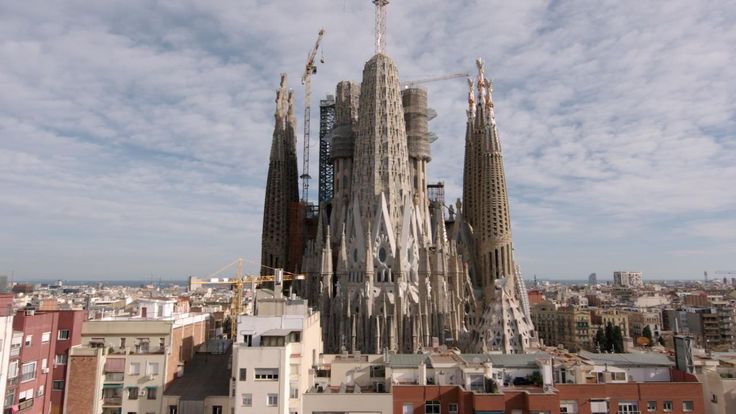
Given that there are millions of such applicants, and the cheapest ticket costs a visitor 26 euros, one can understand why the construction (until 2020) did not experience any problems with the budget.
Let’s say the 2019 budget was 80 million euros, and for 2020 it was planned to spend 100 million euros on the construction of the Sagrada Familia, proceeds from ticket sales – and so, of course,
would have been if the pandemic hadn’t intervened.
Yes, in those distant times, when construction began, the land on which the temple is located was not at all in Barcelona, but in the town bordering it
Sant Marti de Provencals, which at that time was a separate settlement and was incorporated into Barcelona much later, in 1897th. Thus, without moving, the construction site moved to
the Catalan capital – where it is located to this day.
Yes, no matter how paradoxical it may sound, the Church of the Sagrada Familia acquired its legal status only in 2019.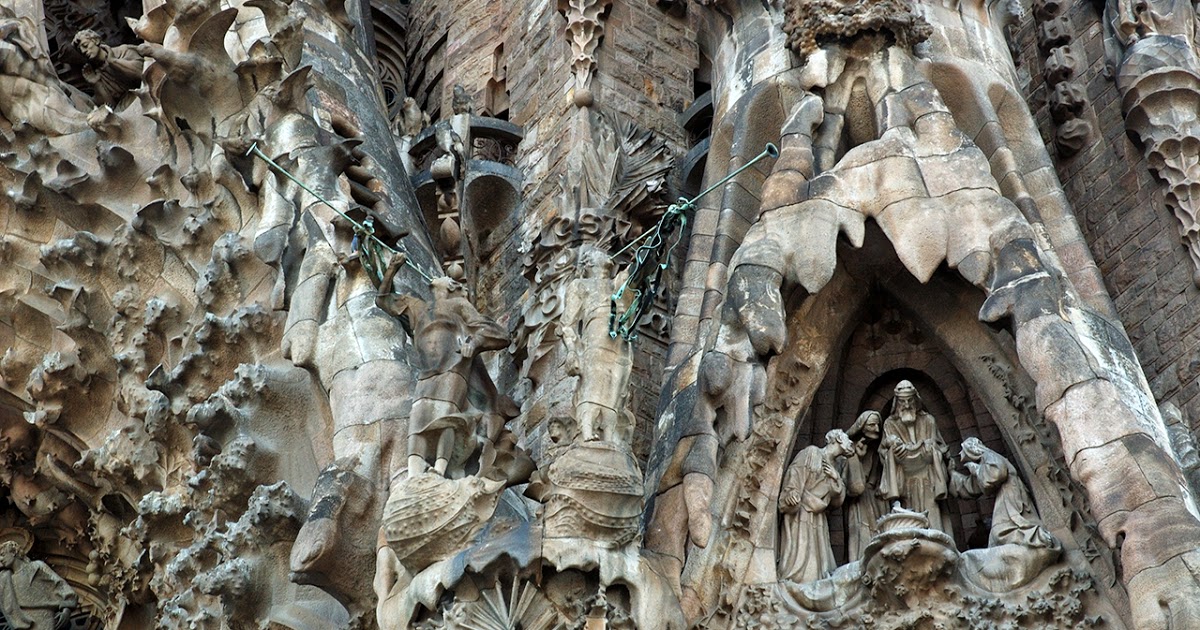
building licenses. The City Hall of Barcelona, which warned the Council for the construction of the Temple that this license would be “the most expensive in the history of the city”, did not lie –
its cost was 4,630,000 euros.
Recall that before that this “long-playing” masterpiece of the great Antonio Gaudi did not receive any licenses, and as a result, it did not update – that is, according to the papers, this grandiose project did not exist
at all.
In view of the incredibly aggravated relations between the builders of the Sagrada Familia and the City Hall, the Board of Trustees of the Temple found it necessary to urgently legalize the project – so that in the future
participate in all litigation and proceedings already in a legal status.
In addition, in the next 10 years, the Sagrada Familia will have to transfer another 36,000,000 euros to the treasury of Barcelona.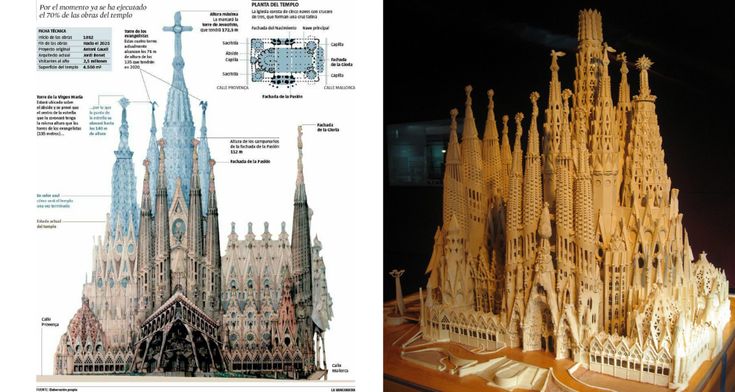
transport infrastructure in the areas adjacent to the Temple.
Interesting facts about Sagrada Familia
OUR EXCURSIONS DEDICATED TO THE MASTERPIECES OF ANTONIO GAUDI
Sagrada Familia, when you find yourself inside the Temple, is striking in the same way as outside. Antonio Gaudí didn’t try to be original – he was. This originality sticking out from everywhere is the most natural
flowed from the uniqueness of his architectural thinking, which did not exist on its own, but was in the closest connection with God and Nature – especially when we say
about Sagrada Familia in Barcelona.
Remember any temple that was lucky enough to reach our days without much loss – the interiors of such churches are literally replete with a huge number of
religious artifacts: these are retablos, bas-reliefs, paintings, icons, and sculptures…
As a striking example of such a temple, one can cite the Cathedral of Barcelona, which, due to its religious significance, did not dare to destroy even
Republicans during the Spanish Civil War.
empty – or almost empty.
If outside, on the facades of the Temple, we observe hundreds of sculptures, then inside there are only four of them – which, however, does not make the church less impressive. There is a reason for this paradox… read in full
Yes, in order to finally complete this longest construction in the modern world, it will take only 374,000,000 euros.
This amount seems more than modest – especially if we take into account how much the French estimate the restoration (not construction, but restoration) of Notre Dame de Paris.
Of course, this is just a preliminary estimate, and the estimate, as is usually the case with estimates, will inevitably increase in the end – however, something else is important: when
With the current attendance of the Temple and with the current cost of tickets to the Sagrada Familia, finding these funds for the Sagrada Familia will not be a problem.
Sagrada Familia in Barcelona – fun facts
When will the Sagrada Familia be completed? Tourists ask us this question on every excursion. According to the statements of the Temple Building Council, this should happen in 2026.
In 2020, it is planned to resume work on the construction of the facade of Glory – the third and main facade of the Temple. Exactly
“restart” rather than start from scratch – approximately 8% of the total work has already been completed. It is from the side of the facade of Glory that the main entrance to the Temple will be located. When working on it will be used
instructions of Gaudi himself, or of his students or assistants.
By 2022, it is planned to fully complete the six central towers (the towers of Jesus, the Virgin Mary and four
Evangelistov) – after which the Sagrada Familia will reach its maximum height, 172.5 m, and will become the tallest church in the world.
When it is planned to complete the Sagrada Familia
The incredible vertical aspiration of the Sagrada Familia, which is already breathtaking (we recall that eight towers of the facades have already been built) will reach its climax and will not be
have no analogues in the world.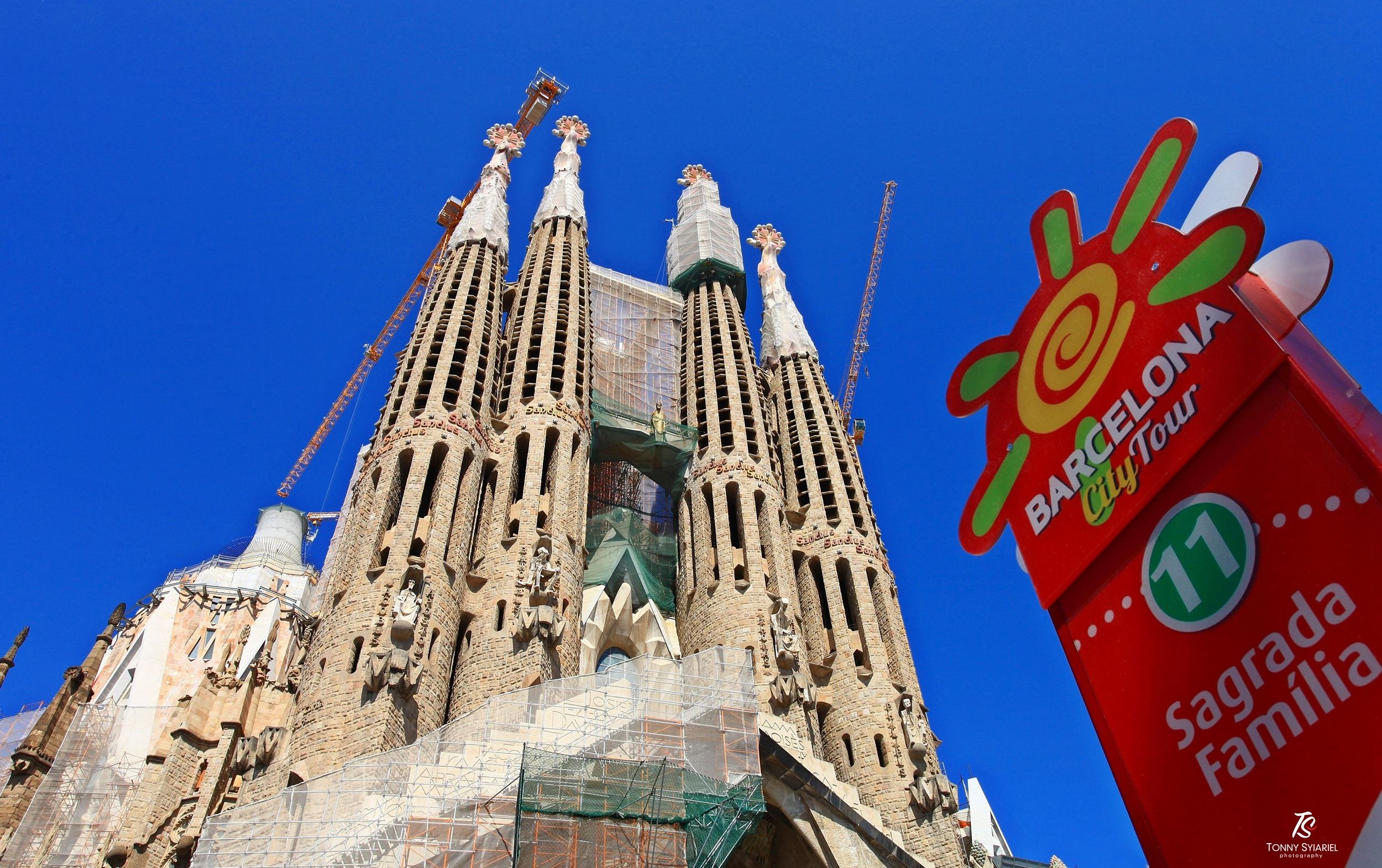
In the same year, 2022, it is planned to start work on the construction of the second sacristy. Sacristy, in Orthodoxy
called sacristy – a special room where the vestments of priests are stored, as well as cult objects necessary for performing the liturgy and religious sacraments. One sacristy has already been built and
located between the apse of the Temple and the facade of the Passion.
In subsequent years, they will closely take up the facade of Glory, complete the cloister – a covered gallery surrounding the Temple around the perimeter, and, finally, the very year 2026 will come when the Sagrada Familia will reveal itself to the world in its completed form – and in all its beauty! (The article was written before the coronavirus era, which may
“correct” these plans).
Yes, Antonio Gaudi, with whose name we are accustomed to associate the Sagrada Familia, initially had nothing to do with this project, neither as its initiator, nor as its architect.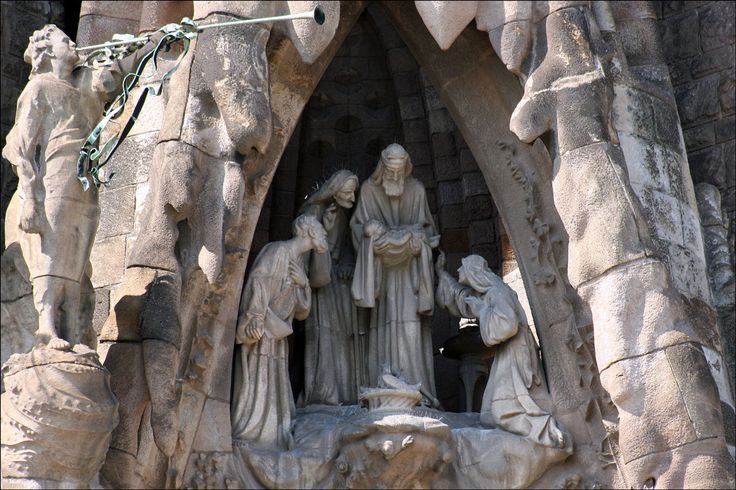
The idea of building the Expiatory Temple of the Sagrada Familia in Barcelona belonged to the bookseller Josep Maria Bocabelle, together with the priest Josep Magnanet, and the first architect of the church
made by Francesc Villar, who was replaced a year later by the young architect Antonio Gaudi, who radically changed the original project, one might say, leaving no stone on it.
stone.
Thus, thanks to a series of accidents, that Sagrada Familia was born, which we admire today. However, Antonio Gaudi himself was absolutely sure that there are no accidents, and everything that
concerns the Sagrada Familia, was destined from above.
Antonio Gaudí was not the first architect of the Temple.
When Sagrada Familia is finally completed, it will be the tallest Christian church on planet Earth. The height of Sagrada Famimlia, in accordance with the project, will be 172.5 m.
As evidenced by the records made in 1914-1915. Martí Matleu, secretary of the Council for the Construction of the Sagrada Familia, Gaudi, when determining the size and, above all, the height of the church, proceeded from
the height of the Montjuic hill, at that time the highest point of Barcelona, defining the skyline of the city.
Montjuic, in the understanding of Gaudi, is the work of God, the creator and creator of all things, and therefore the work of human hands should not exceed what was created by the Almighty. Based on this logic, the architect
initially determined the height of the church at 160 m, and then at about 170.
Much later, detailed studies of the proportions of the Temple made it possible to identify the size of the universal module, which was used by Gaudi when calculating the sizes of various architectonic elements.
church – 7.5 m. This discovery made it possible to accurately determine the height of the church, which should be exactly 172.5 m.
This figure is exactly 23 modules of 7.5 m each and, moreover, it is in full accordance with Gaudi’s desire not to arrange “competitions” with nature – after all, the height of Montjuic is 173 m.
Sagrada Familia in Barcelona – the most famous long-term modernity
In recent years, the Sagrada Familia in Barcelona has consistently been in the TOP 10 most visited attractions in the world.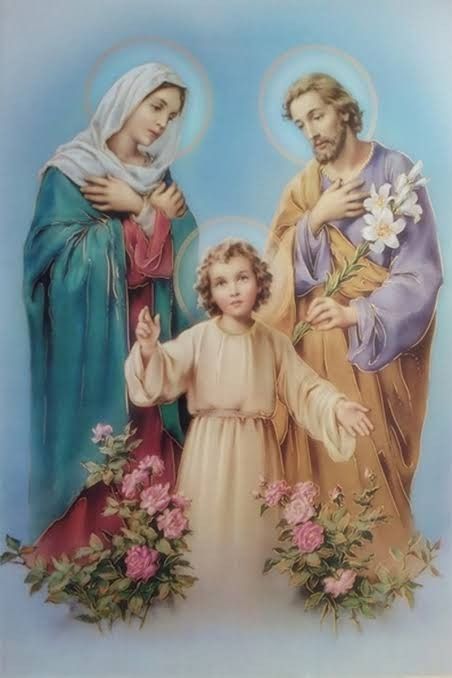
by the highly reputable travel portal TripAdvisor, the top ten most desirable attractions for tourists were as follows:
1. Colosseum
2. Vatican Museums
3. Statue of Liberty
4. Louvre
5. Eiffel Tower
6. Sagrada Familia (La Sagrada Familia)
7. Golden Gate Bridge
8. Stonehenge
9. Versailles
10. Grand Canal in Venice
Particularly interesting and pleasing to us, guides in Barcelona, the line is the 6th number, under which the masterpiece project of Antoni Gaudí appears on the list. Something tells me (as a person, at work
visiting the Sagrada Familia regularly) that the Temple would not stay in this position for long and in subsequent years it would move even higher!
Sagrada Familia among the most visited attractions in the world
Contrary to popular belief, the Sagrada Familia in Barcelona is not built of reinforced concrete, but of stone! Of course, during construction, it is also used
reinforced concrete, Antoni Gaudi already used it at one time – but stone remains the main building material of the Sagrada Familia.
We have already talked about this more than once, and, no matter how surprising it may sound, given the grandiose size of the church and the age in which we live, this is the true truth.
Stone has been the main building material from the very beginning of construction, during the time when the project was led by the first architect of the Temple, Francesc de Paula del Villar.
Then he was replaced by Gaudi, who continued to use sandstone from the quarries of Montjuic – the architect considered the properties of this material unique, both in terms of physical properties and
due to the chromatic diversity of Montjuic stone from different quarries.
However, after all the quarries on Montjuic were closed, the Council for the Construction of the Temple was forced to look for suitable replacement material around the world. Completely identical
material could not be found, therefore, during the construction of the Temple, they began to combine stone blocks mined in various places – we are talking about, no less, about 60 different types
sandstone mined in Europe, Asia, Africa and South America.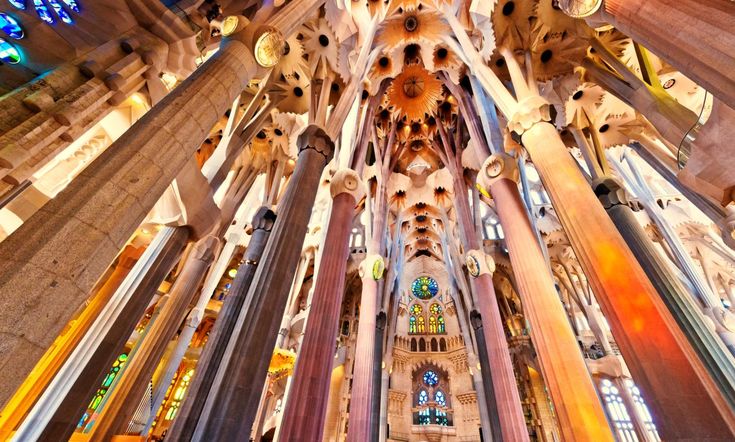
In addition, the construction also uses granite from several quarries in Galicia, blue granite from Brazil (it can already be seen on the tower of the Virgin) porphyry from Iran (its
will be widely used in the construction of the tower of Jesus), marble from Andalusia, travertine from Italy and Aragon, basalt from Catalonia and Italy.
Stone – the main building material for Sagrada Familia
The architect of the temple, Antonio Gaudí, is buried in the Sagrada Familia. Even during his lifetime, he unequivocally decided this question for himself: of course, he wants to be buried in the Church to which he devoted 43 years
of his life and an unthinkable amount of titanic work – that is, in the Sagrada Familia, namely, in the Crypt of the Temple.
Moreover, he even identified a specific place for his burial: the chapel of St. Carmen, of which the architect was a great admirer.
Gaudi’s will was strictly carried out – on the evening of June 12, 1926, with a huge gathering of people, the architect’s body was laid in the St.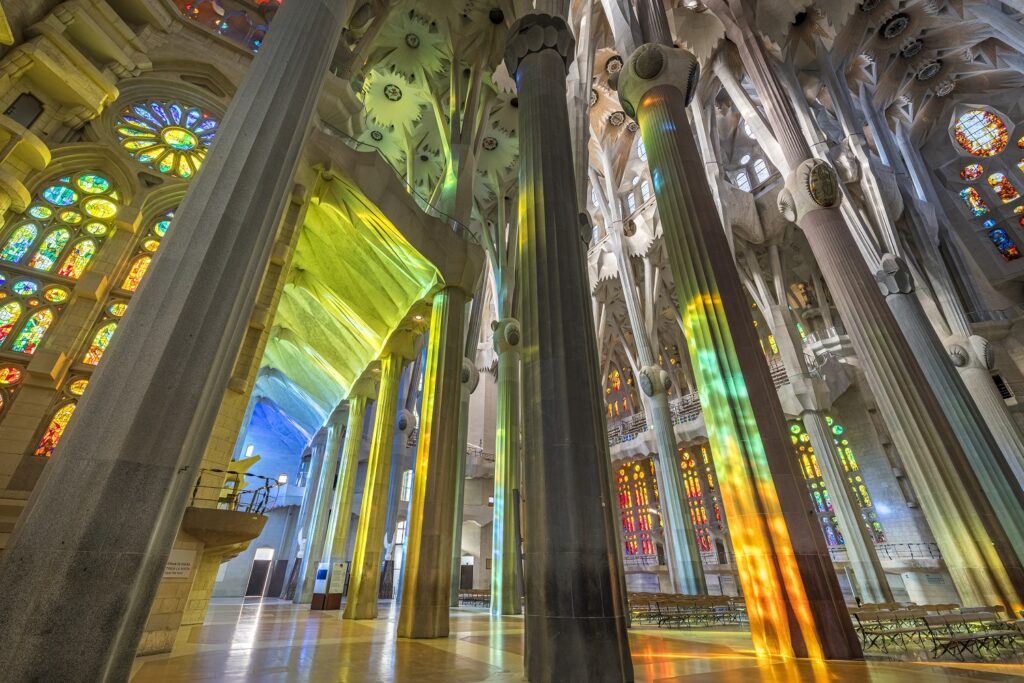
until now. By the way, today at the Sagrada Familia in Barcelona, thanks to this circumstance, there is every chance to find their own saint.
On February 22, 2000, the Congregation of the Holy See for the Causes of Saints gave official permission to the Archbishop of Barcelona to open the beatification process for Antoni Gaudí .
On April 12, 2000, the Cardinal-Bishop of Barcelona appointed a tribunal to consider the case of Gaudí, which, until May 2003, studied evidence and documents, listened to testimonies and testimony from experts –
all this was documented (1024 sheets) and written down on a diskette, after which it was sent to the Vatican – to the same Congregation for the Causes of Saints, in whose jurisdiction the case is now.
If the Catholic Church nevertheless beatifies Antonio Gaudi – that is, canonizes him as a blessed – the next inevitable stage of the process will be canonization of the Saints.
being one step away from Eternity, everything is done extremely slowly, however, who knows – perhaps an exception will be made for Antonio Gaudi?
Antonio Gaudi can be counted among the Saints of the Catalan Church
The fate of the Sagrada Familia often hung in the balance. July 20, 1936 a group of anarchists set fire to the School
Sagrada Familia, ruined the office and workshop of Antoni Gaudi, located in the same place – as a result, priceless documents relating to the construction were lost
and plaster models of various elements of the Temple were turned into a pile of debris, which in subsequent years had to be restored literally from dust.
Exactly the same act of vandalism, including arson, was committed by anarchists in relation to the crypt of the Temple, as well as the facade of the Nativity, where the choir of angels in the portico of Jesus was particularly affected – some of
sculptures were destroyed, others – thoroughly destroyed.
It happened.
Another time, a black theme hung over the Temple in August 2017, when a group of jihadist terrorists planned a terrorist attack, the main target of which was to be the Temple of St.
Families. However, higher powers intervened in the fate of the Sagrada Familia again – you can’t say otherwise! – and the sinister plans of the villains remained unfulfilled. Since then, the already unprecedented measures
security in the Temple itself and in the surrounding area have been further strengthened!
The fate of Sagrada Familia hung in the balance more than once
ANTONIO GAUDI – EXCURSIONS
TOP 10 EXCURSIONS IN BARCELONA
tagPlaceholderTags: antonio gaudi, sagrada familia today, when the sagrada familia is completed, antonio gaudi sagrada familia, antonio gaudi excursions, sagrada familia interesting facts, sagrada familia architect, sagrada familia height, 13 interesting facts about the sagrada familia, interesting facts about the temple of the holy family , sagrada familia legend, sagrada familia end of the world, where is the sagrada familia, sagrada familia building material
Sagrada Familia: practical information – Barcelona10
The Sagrada Familia (Sagrada Familia) is not only the main attraction of Barcelona, but also one of the most unique monuments of world architecture.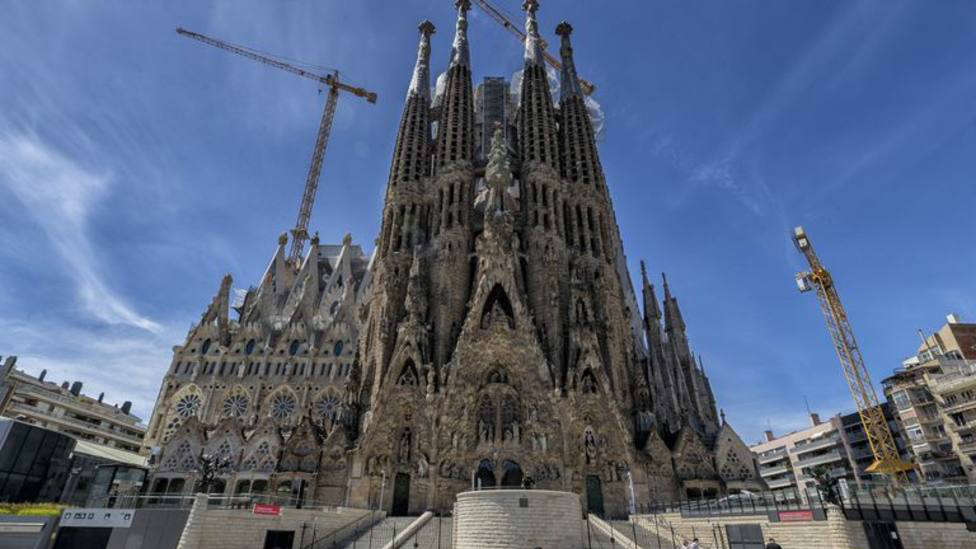
This is already enough to immediately buy tickets or order a city pass, which includes a ticket to the legendary temple, many museums, airport transfers and much more. And if you have not decided yet, then watch our video from the cathedral and read on:
Why the Sagrada Familia is famous
The history of the Sagrada Familia dates back to the end of the century before last, when on March 19, 1882, the diocesan architect Francisco del Villar began work on the plan for its construction. However, in 1883, the project for the construction of the cathedral was transferred to Antoni Gaudí, and it is with his name that the Sagrada Familia is primarily associated.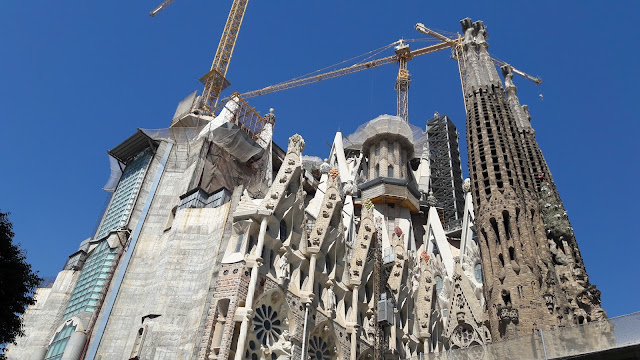
Gaudí completely redesigned the original plan, and what we see today is only a partial reflection of the vision of the first architect. Gaudi dreamed of building a building that would be visible from any part of the city, and he was able to achieve this.
The Sagrada Familia is distinguished not only by its grandiose size, but also by the scale of its artistic design, because Gaudí wanted nothing less than his brainchild to be the Bible embodied in stone. According to his plan, the cathedral should be decorated with three facades that tell about the life of Christ. To date, only the facade has been completed – the Nativity of Christ, it is he who is depicted on many souvenirs as a symbol of Barcelona. Work on the other two facades – Passion and Glory – began after the death of Gaudí.
Gaudí devoted his whole life to the construction of the cathedral, but did not have time to complete it before his tragic death (he was hit by a tram). One of the reasons for such a long construction of the cathedral is that its construction is carried out exclusively on public donations.
How much does a ticket to the Sagrada Familia cost and how can I buy it?
The cost of the ticket to the Basilica is 26 euros, for students and guests under 30 years old – 24 euros, admission for children under 11 years old is free.
There are enough people who want to visit the cathedral all year round for long queues to line up at the ticket office. In order not to stand waiting under the scorching sun, you can purchase tickets to the Sagrada Familia in advance at this link. E-tickets have the date and time of the visit, so you just need to come at the right time and immediately go inside.
The normal admission ticket entitles you to download the cathedral app and listen to the audio guide during your tour. But this ticket does not include access to the observation deck on the tower. If you want to go up and admire the details of the roof of the cathedral, as well as the panorama of Barcelona, then book a ticket with a visit to the tower using this link or simply select the date of your visit in the calendar below:
When to go to Sagrada Familia?
The Sagrada Familia is open to visitors all year round:
- from October to March – from 9:00 to 18:00;
- from April to September – from 9:00 to 20:00;
- 25 and 26 December and 1 and 6 January – from 9:00 to 14:00.
Chapel Mass:
- Monday to Friday at 9:00 am (Spanish) and 8:15 pm (Catalan),
- Saturday at 9:00 (in Spanish) and 19:30 (in Catalan),
- on Sundays and public holidays at 9:00, 11:45 and 20:15 (in Spanish) and 10:30, 13:00 and 18:30 (in Catalan).
How to get to the Sagrada Familia?
Sagrada Familia is located at: Mallorca, 401. You can get there both by metro (line L2 or L5, Sagrada Familia station) and by bus (numbers 19, 3, 34, 43, 44, 50, 51 , B20, B24, stop Sagrada Familia).
Where to eat near the Sagrada Familia?
Around the Sagrada Familia there are many restaurants and cafes where you can refresh yourself after a long excursion. At the La Paradeta restaurant, you can dine with the freshest seafood for only 15-20 euros, but keep in mind that this is self-service.
Hotels near Sagrada Familia?
Choose a hotel near the Sagrada Familia
Sagrada Familia is located in the central area of Eixample, where most of the sights of Barcelona are located, so this is the best option for tourists who come to get acquainted with the history and culture of the city.

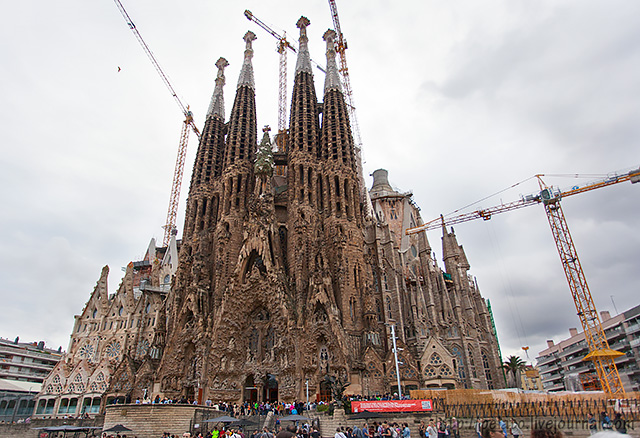 ..Discover the 10 unmissable sights to see in Barcelona.
..Discover the 10 unmissable sights to see in Barcelona.
